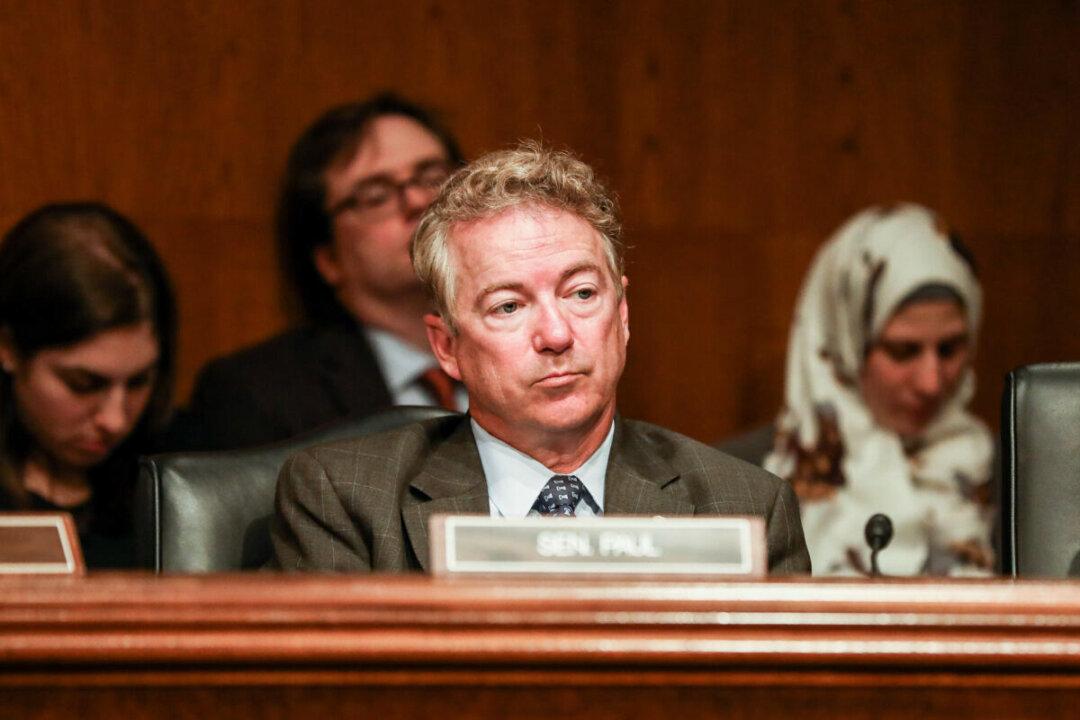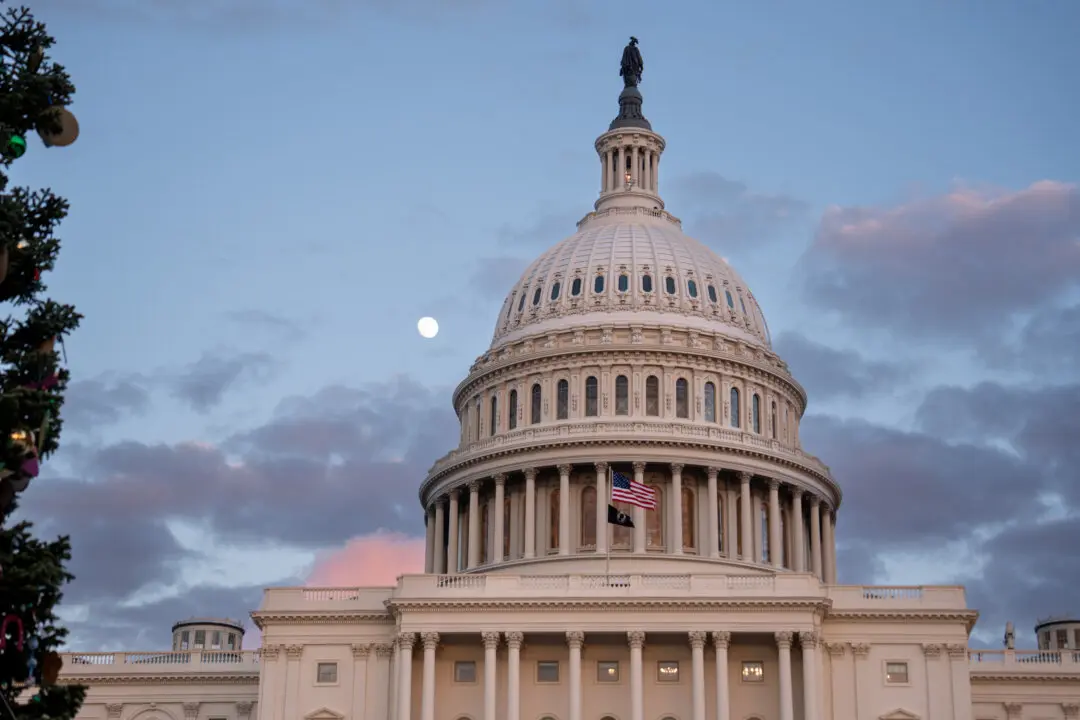Sen. Rand Paul (R-Ky.) has unveiled his annual “Festivus Report,” which tracks what he sees as “waste” spending by the federal government. According to the libertarian-leaning Kentuckian, that waste topped over $52 billion in 2021.
Since arriving in the Senate amid the Tea Party wave of 2010, Paul had made the federal budget one of his foremost concerns.





